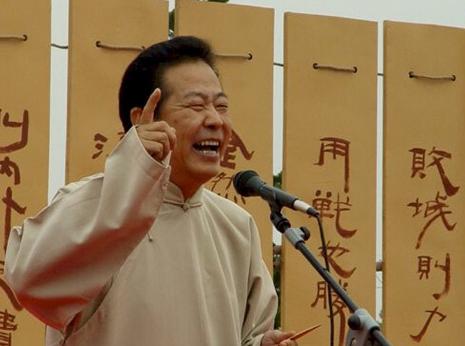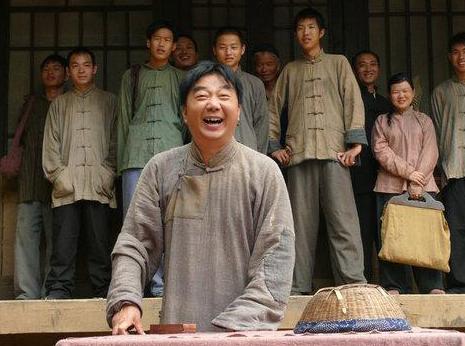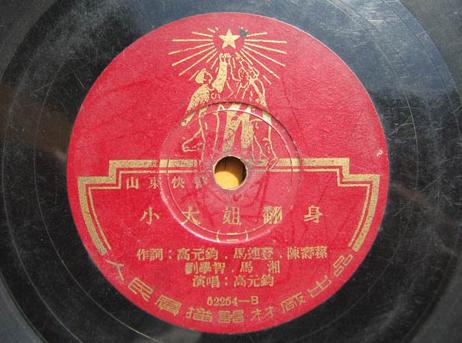
Shandong clapper ballad is a very typical folk art form of story-telling of rhyme-singing performance. It is also called "Wu Laoer", as in its early period it mainly performed the stories of Wu Song who was the second child of the Wu family (in Chinese "laoer" means the second child), and consequently the actors were called "those who tell the stories of Wu Laoer" or "those who sing the stories of Wu Laoer". In the later periods, Shandong clapper ballad was also entitled "bamboo clapper ballad" and "comical clapper ballad". It was in June, 1949 when the actor Gao Yuanjun was making the record of Lu Da Kills a Local Tyrant in Shanghai Great China Records Company that this folk art was officially named "Shandong clapper ballad".

Shandong clapper ballad originates from Linqing, Jining and Yanzhou of Shandong, with a history of over 400 years. In history, Shandong Dagu ("big drum" recitative) was extremely popular, and in Shandong Dagu there was a Qu tune called "Cuangangqiang" (changing the tune), which was semi-sing and semi-talking, and it is said Shandong clapper ballad was developed from this. There are three versions about the origin of Shandong clapper ballad, i.e., it originated with Liu Maoji, Zhao Dawei and Fu Hanzhang respectively. But Li Wanpeng, a professor of Chinese literature in Shandong University, asserted that none of them was the true founder of Shandong clapper ballad, but they were the representatives of Shandong clapper ballad in different periods that made great contribution to the clapper art through their respective characteristic performance. By combining and analyzing the statements mentioned above, we conclude that Shandong clapper ballad originated from Linqing and Jining in the western part of Shandong Province. In the beginning, it was only a recreational activity of the farmers, but it was frequently "performed on the ground" at temple fairs in the market towns of rural area and even developed to a certain scale. In big wharfs like Linqing and Jining, the actors of Shandong clapper ballad earned their living by the performance, and they competed and borrowed from one another among different artistic forms, which promoted the development of Shandong clapper ballad. The incubation period of Shandong clapper ballad can be traced back to the Wanli Period of the Ming Dynasty, which was over 400 years ago.

Shandong clapper ballad is usually performed in rhyme singing and sometimes interspersed with talking, both of which are in Shandong dialect. The aria is of typical rhyme singing, laying stress on "recital" in the early stage and turning to "clapper art" afterwards. The style of singing can be divided to "Pingkou" (the rhyme is smooth, can express different emotions), "Qiaokou" (the rhyme is merry and cheerful), "Guankou" (the sentences are coherent and compact) and "Sankou" (which pays little attention to the rhyme), while the "Baikou" (talking and telling) includes "Biaobai" (expressing in talking) and "Guokoubai" (the talking interspersed in the other performance course, which is an interruption or discussion). The libretto consists of rhyming seven-character sentences, with distinctive characteristic of colloquialism and vividness.
The traditional specialty program of Shandong clapper ballad is the long Biography of Wu Song, but in casual performances only some chapters or paragraphs are chosen, such as Jingyangang Ridge (alias Wu Song Kills the Tiger), Cross Slope, the Delightful Forest, Trouble in the Court, etc. Since the middle of the 20th century, the subject matters of Shandong clapper ballad has expanded in a fast pace and many new programs has appeared, among which the Battle in Daigu Mountain, the Scouts and Charming Qinghai are well received.





